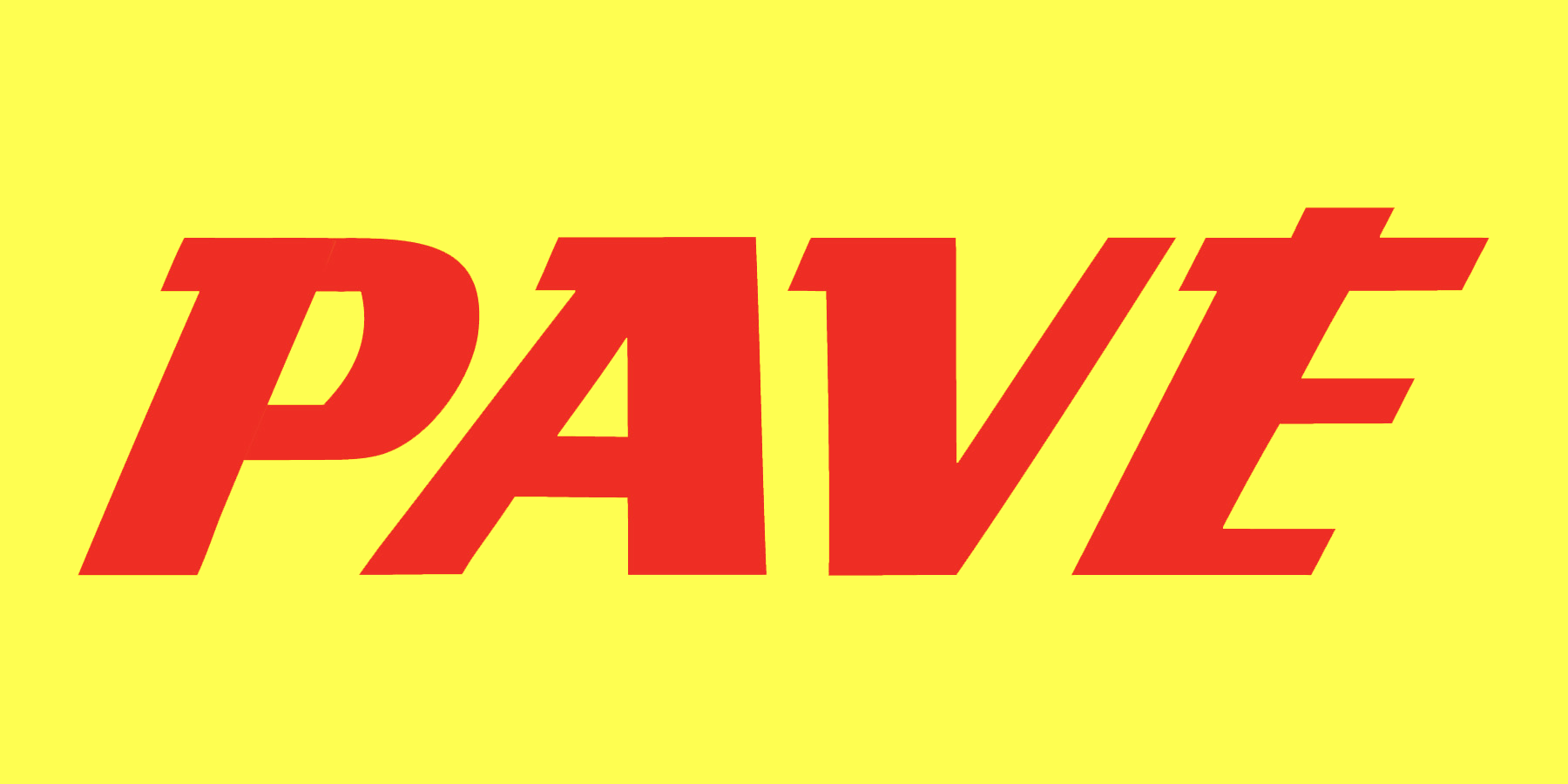The most critical part of any cyclocross race is the start.
Being first out of the gate and to the first technical section provides an advantage as things often bunch-up behind the first group. Without a good start, a rider can go from contending for the win to being ten to twenty seconds behind – in a matter of moments. With the start being so important, the obvious question is how does one get to start on the front row? The answer is actually rather simple: UCI points determine who starts where. Placing at a UCI-sanctioned race earns a rider UCI points, which determine their start position for the next race. The more UCI points a rider has, the closer to the front they start.
However, not all races offer the same amount of UCI points. Races are categorized by prestige, history, and prize money: Category 2 (C2), Category 1 (C1), World Cup (WC), National Championship, Continental Championship, or World Championship. Thus, the better a rider does at higher category races, the more UCI points he or she receives.
Here’s a breakdown of the point structure for each category:
Place           World Cup           C1              C2
1Â Â Â Â Â Â Â Â Â Â Â Â Â Â Â Â Â Â Â 200Â Â Â Â Â Â Â Â Â Â Â Â Â Â Â Â Â Â Â Â Â Â Â 80Â Â Â Â Â Â Â Â Â Â Â Â Â Â Â Â Â Â Â Â Â Â Â Â 40
2Â Â Â Â Â Â Â Â Â Â Â Â Â Â Â Â Â Â Â 160Â Â Â Â Â Â Â Â Â Â Â Â Â Â Â Â Â Â Â Â Â Â Â 60Â Â Â Â Â Â Â Â Â Â Â Â Â Â Â Â Â Â Â Â Â Â Â Â 30
3Â Â Â Â Â Â Â Â Â Â Â Â Â Â Â Â Â Â Â 140Â Â Â Â Â Â Â Â Â Â Â Â Â Â Â Â Â Â Â Â Â Â Â 40Â Â Â Â Â Â Â Â Â Â Â Â Â Â Â Â Â Â Â Â Â Â Â Â 20
4Â Â Â Â Â Â Â Â Â Â Â Â Â Â Â Â Â Â Â 120Â Â Â Â Â Â Â Â Â Â Â Â Â Â Â Â Â Â Â Â Â Â Â 30Â Â Â Â Â Â Â Â Â Â Â Â Â Â Â Â Â Â Â Â Â Â Â Â 15
5Â Â Â Â Â Â Â Â Â Â Â Â Â Â Â Â Â Â Â 110Â Â Â Â Â Â Â Â Â Â Â Â Â Â Â Â Â Â Â Â Â Â Â 25Â Â Â Â Â Â Â Â Â Â Â Â Â Â Â Â Â Â Â Â Â Â Â Â 10
6Â Â Â Â Â Â Â Â Â Â Â Â Â Â Â Â Â Â Â 100Â Â Â Â Â Â Â Â Â Â Â Â Â Â Â Â Â Â Â Â Â Â Â 20Â Â Â Â Â Â Â Â Â Â Â Â Â Â Â Â Â Â Â Â Â Â Â Â Â 8
7Â Â Â Â Â Â Â Â Â Â Â Â Â Â Â Â Â Â Â 90Â Â Â Â Â Â Â Â Â Â Â Â Â Â Â Â Â Â Â Â Â Â Â Â Â 17Â Â Â Â Â Â Â Â Â Â Â Â Â Â Â Â Â Â Â Â Â Â Â Â Â Â 6
8Â Â Â Â Â Â Â Â Â Â Â Â Â Â Â Â Â Â Â 80Â Â Â Â Â Â Â Â Â Â Â Â Â Â Â Â Â Â Â Â Â Â Â Â Â 15Â Â Â Â Â Â Â Â Â Â Â Â Â Â Â Â Â Â Â Â Â Â Â Â Â Â 4
9Â Â Â Â Â Â Â Â Â Â Â Â Â Â Â Â Â Â Â 70Â Â Â Â Â Â Â Â Â Â Â Â Â Â Â Â Â Â Â Â Â Â Â Â Â 12Â Â Â Â Â Â Â Â Â Â Â Â Â Â Â Â Â Â Â Â Â Â Â Â Â Â 2
10Â Â Â Â Â Â Â Â Â Â Â Â Â Â Â Â Â 60Â Â Â Â Â Â Â Â Â Â Â Â Â Â Â Â Â Â Â Â Â Â Â Â Â 10Â Â Â Â Â Â Â Â Â Â Â Â Â Â Â Â Â Â Â Â Â Â Â Â Â Â 1
11Â Â Â Â Â Â Â Â Â Â Â Â Â Â Â Â Â Â 58Â Â Â Â Â Â Â Â Â Â Â Â Â Â Â Â Â Â Â Â Â Â Â Â Â 8
12Â Â Â Â Â Â Â Â Â Â Â Â Â Â Â Â Â Â 56Â Â Â Â Â Â Â Â Â Â Â Â Â Â Â Â Â Â Â Â Â Â 6
13Â Â Â Â Â Â Â Â Â Â Â Â Â Â Â Â Â Â 54Â Â Â Â Â Â Â Â Â Â Â Â Â Â Â Â Â Â Â Â Â Â 4
14Â Â Â Â Â Â Â Â Â Â Â Â Â Â Â Â Â Â 52Â Â Â Â Â Â Â Â Â Â Â Â Â Â Â Â Â Â Â Â Â Â 2
15Â Â Â Â Â Â Â Â Â Â Â Â Â Â Â Â Â Â 50*Â Â Â Â Â Â Â Â Â Â Â Â Â Â Â Â Â Â Â Â 1
* Points decrease by 2 through 20th place, then by 1 from 25th to 50th-place. Each rider beyond 50th gets 5 points.
Most races are Category 2 races for a variety of reasons, the most important of which is cost. In order to hold a UCI-sanctioned cyclocross race, a promoter must secure and provide a significant amount of money up front, just to get on the UCI calendar. Also, all UCI-sanctioned races require a minimum prizes to 25 places, include minimum payout amounts. For example, it takes about $800-$1,000 for C2 race to be placed on the UCI’s calendar. The minimum prize payout for a C2 race is $2,232—for a C1 race the figure doubles.
Due to tight sponsorship dollars and a lack of major media exposure, it’s easy to see why in the United States, most UCI cyclocross races are C2 events. In Europe, there are significantly more C1 races because they have the ability to attract large TV contracts and charge admission to the fans. Also, an interesting rule states there can be no C1 races on the same day as World Cup races—thus knocking nearly half a dozen potential C1 dates off the US calendar. Luckily, one can organize a C2 race on the same day as a World Cup race so long as it’s not in the same country.
Restrictions
Beyond a limited amount of categorized races, there are also restrictions on the amount of points a rider can earn via results in a certain category. While a rider may earn copious UCI points at races,  a rider’s UCI ranking and start position is based on a calculated point total that limits the number of C1 and C2 points a rider can use for his or her start position [This has been revised from an earlier version – see comments. -editor].  Only the best six C1 and best five C2 race results count toward a rider’s start point totals. World Cup races have no cap. On one hand, this keeps things fair by giving riders a chance to see the front of the start grid by the end of the season; on the other hand, it severely limits the options better riders have to acquire UCI points, especially in nations with calendars filled primarily with C2 events (like the USA). Thus, in 2010,  Tim Johnson quickly  maxed-out the amount of points he could earn from C2 races, and had to rely on performing in C1 (or World Cup) races in order to improve his start position.
For example
The ins and outs are a lot to digest, but in order to make this a bit easier to understand, let’s take a look at two Americans – one of whom who travelled to Europe last year to compete in the first round of the World Cup in Aigle, Switzerland (Tim Johnson),  and one who did not (Ryan Trebon).
Tim Johnson’s UCI-point total going into that race was 336. However, he’d won five C2 races already, meaning his starting total is actually less since he maxed-out his C2 points. So his point total for the purposes of a start position was 266. Johnson picked-up 26th-place in Aigle, netting 34 points—more points than the second-place rider in the C2 races at Granogue, Delaware. Plus, since there’s no cap on World Cup points, Johnson can use those points for the rest of the season. So for the USGP race the following weekend in Kentucky, Johnson hads 300 points going toward his place on the starting grid.
On the other hand, Ryan Trebon elected to stay home that weekend. Despite  struggling to find wins last season, Trebon still had amassed 227 UCI points. However, he’d already finished six C2 races, so we need to drop his worst result (2 points), bringing his starting total down to 225. If he were to have raced another C2 race, he could have dropped his two worst C2 results (a third and a fourth) to gain a net of 45 points, sending him into that weekend with 272 points toward his starting position.  By electing not to race, his point total stayed at 225, leaving him 75-points behind Johnson. As a result, Johnson would always get called to the starting grid ahead him.
By now it should be clear why Team Cyclocrossworld.com went to Europe  for the World Cup race in Aigle in 2010. With Johnson, Powers, and teammate Jamey Driscoll all finishing the first World Cup race, they drastically increased their overall and starting grid UCI points—all but guaranteeing their places on the first row at the start of every US race.Â
It helped shape their dominant season.


2 Responses to The Race Before the Race – Understanding CX and UCI Points